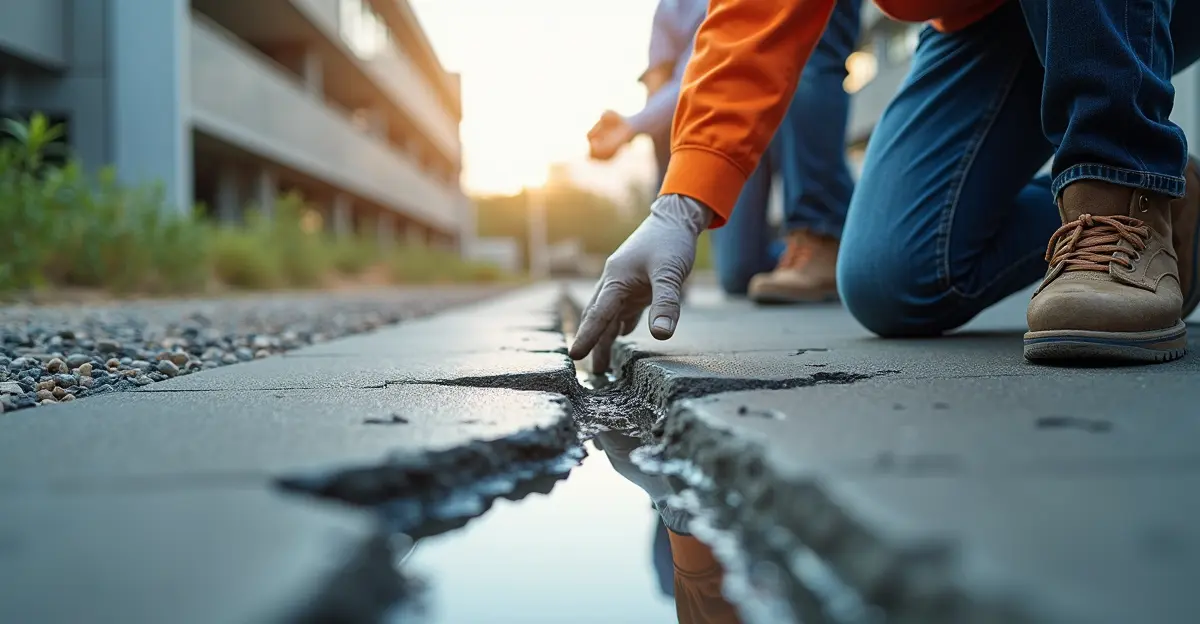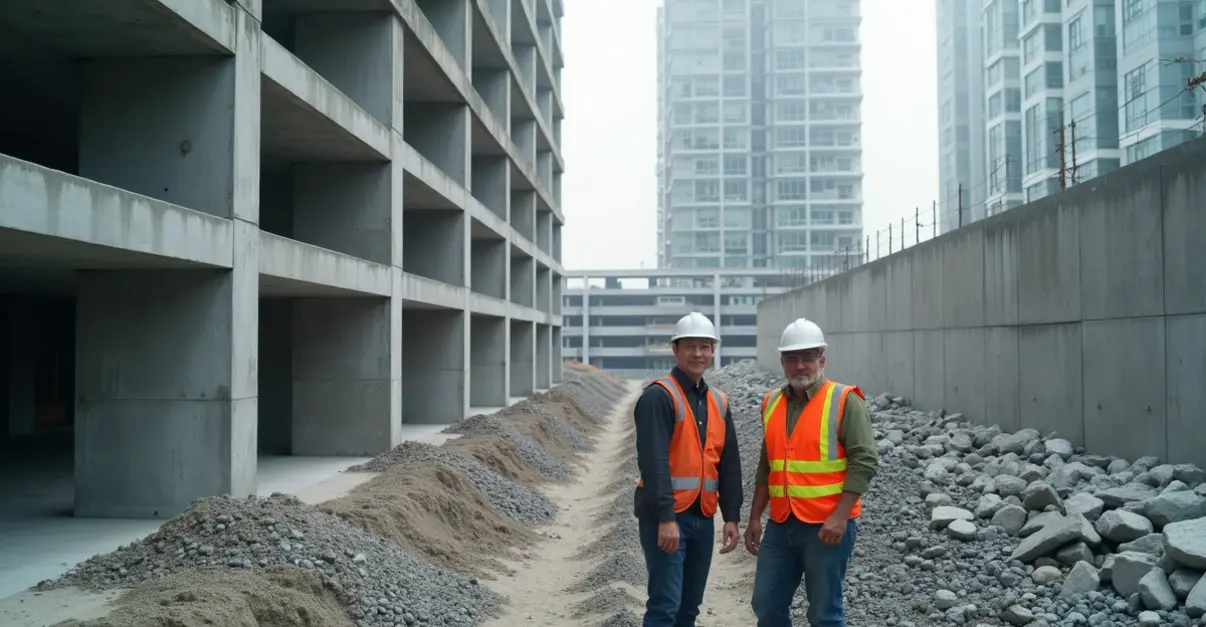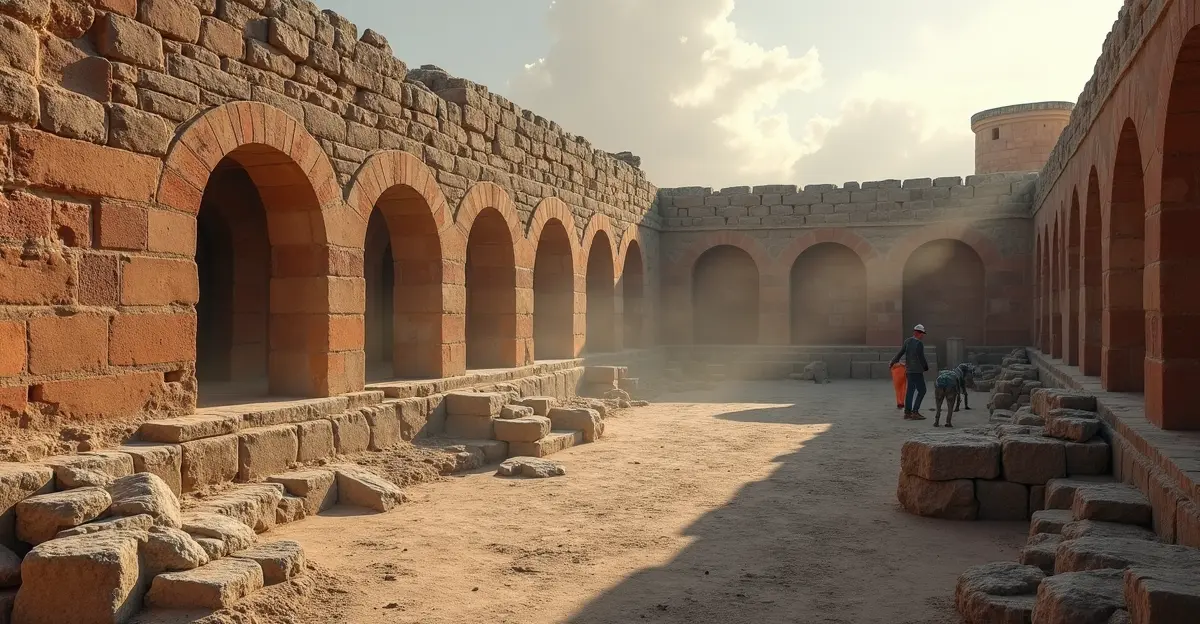Self-healing concrete technology automatically repairs cracks using bacteria or healing agents, reducing maintenance costs by 40-50% and cutting CO2 emissions. The market is projected to grow from $88B to $1.3T by 2035, revolutionizing sustainable construction.

The Future is Here: Concrete That Repairs Itself
In a groundbreaking development that could transform the construction industry, self-healing concrete technologies are emerging as the solution to one of construction's oldest problems: cracking and deterioration. This innovative material automatically repairs cracks and damage, potentially saving billions in maintenance costs while extending infrastructure lifespan dramatically.
How Self-Healing Concrete Works
Self-healing concrete incorporates various mechanisms to autonomously repair damage. The most advanced approaches include bacterial systems where microorganisms like Bacillus subtilis produce limestone when activated by water entering cracks. Other methods use encapsulated healing agents that release repair chemicals when cracks form, or shape memory polymers that return to their original shape when heated.
Dutch company Green Basilisk has pioneered one of the most successful commercial applications. 'Our self-healing concrete contains bacterial spores that remain dormant until water enters cracks, then they activate and produce calcium carbonate to seal the damage within weeks,' explains Henk Jonkers, co-founder of Green Basilisk.
Market Explosion and Economic Impact
The global self-healing concrete market is experiencing unprecedented growth. According to recent market analysis, the sector is projected to expand from USD 88.01 billion in 2024 to USD 1,288.01 billion by 2035, representing a remarkable 30.78% compound annual growth rate. This explosive growth is driven by increasing infrastructure investments and the urgent need for sustainable construction solutions.
The economic benefits are substantial. Traditional concrete maintenance typically costs 5-10% of initial construction costs annually, while self-healing concrete reduces this to just 1%. 'The long-term savings are enormous - we're talking about reducing maintenance costs by 40-50% while extending structure lifespan by up to 15 years,' notes construction economist Dr. Maria Rodriguez.
Environmental Benefits and Sustainability
Beyond economic advantages, self-healing concrete offers significant environmental benefits. Traditional concrete production accounts for approximately 8% of global CO₂ emissions, using 30 billion metric tons annually. Self-healing technologies can reduce this environmental footprint by 30-50% through reduced material replacement and extended structure lifespan.
'This technology represents a paradigm shift in how we think about construction materials. Instead of designing for failure, we're designing for resilience and longevity,' says Professor Sarah Chen of MIT's Materials Science Department.
Real-World Applications and Success Stories
Self-healing concrete is already being implemented in major infrastructure projects worldwide. In the Netherlands, Green Basilisk's technology has been used in bridges, tunnels, and water-retaining structures. The system can repair cracks up to 1mm wide, preventing water penetration and reinforcement corrosion that typically leads to structural failure.
Other companies like Sika AG, Holcim, and CEMEX are developing their own versions, with capsule-based systems currently leading in large infrastructure applications. Over 27,000 patents have been filed in the construction industry over the last three years related to self-healing technologies, indicating intense innovation activity.
Challenges and Future Outlook
Despite the promising technology, challenges remain. Higher initial costs (approximately $68-91 per cubic meter compared to traditional concrete's $44) and limited regulatory standards in emerging markets present adoption barriers. However, as construction codes evolve and environmental regulations tighten, experts predict widespread adoption within the next decade.
'The construction industry is traditionally conservative, but the combination of sustainability pressures and economic benefits is creating a perfect storm for adoption,' observes construction industry analyst James Wilson. 'We're at the beginning of a materials revolution that will fundamentally change how we build and maintain our infrastructure.'
As research continues and costs decrease, self-healing concrete is poised to become the standard for sustainable construction, offering a future where buildings and infrastructure can maintain themselves, reducing both environmental impact and maintenance burdens for generations to come.

 Nederlands
Nederlands
 English
English
 Deutsch
Deutsch
 Français
Français
 Español
Español
 Português
Português









